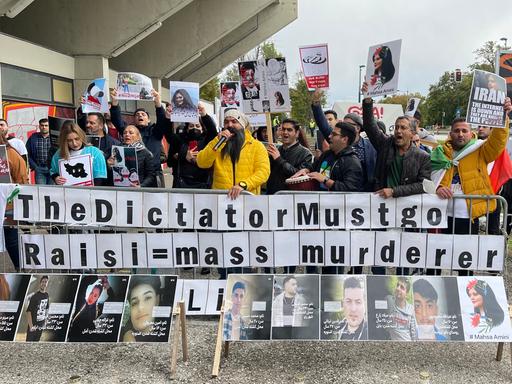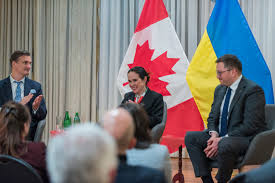
Introduction
Iran, a nation with a rich historical background and strategic geopolitical significance, recently finds itself at a critical juncture. The developments in this Middle Eastern nation are not only important for its citizens but also for global stability and diplomacy. Tensions regarding nuclear negotiations, internal unrest, and economic hardships are shaping Iran’s current narrative and influencing the global stage.
Political Climate and Protests
In recent months, Iran has witnessed a surge in protests across various cities, sparked initially by discontent over the government’s handling of economic issues and political repression. The protest movement began gaining international attention in late 2022, following the death of Mahsa Amini, a young woman who died in police custody, leading to an outcry against the country’s strict moral codes. Demonstrators have called for broader democratic reforms and an end to the clerical establishment’s authority.
Alongside these protests, the Iranian government has responded with increased crackdowns on dissent. Reports indicate that security forces have utilized excessive violence to suppress demonstrations, resulting in numerous casualties. Human rights organizations have raised concerns over the treatment of protestors and the severe restrictions placed on freedoms of expression and assembly.
Economic Challenges
Economically, Iran is grappling with severe sanctions imposed by the United States and other countries, aimed at curtailing its nuclear program. The economy has faced hyperinflation and a sharp decline in living standards, leading to widespread poverty and a lack of basic services for many citizens. The recent floods and natural disasters have further exacerbated the situation, putting additional pressure on an already strained economy. The government’s inability to address these challenges effectively has contributed to growing dissent.
Nuclear Negotiations
On the international front, negotiations to revive the 2015 Joint Comprehensive Plan of Action (JCPOA) have stalled. These talks aimed at limiting Iran’s nuclear activities in exchange for sanctions relief remain contentious, with both sides blaming each other for the deadlock. The United Nations continues to monitor Iran’s nuclear developments closely, and any miscalculations could lead to further geopolitical tensions in the region.
Conclusion
The current situation in Iran is one of profound complexity, shaped by a combination of internal strife and international pressures. As protests continue and the economy struggles, the Iranian government faces crucial decisions that will impact its future governance and relationship with the world. While many Iranians yearn for change and reforms, the path ahead appears fraught with challenges. Observers will be keenly watching how the government navigates these turbulent waters, as the implications extend beyond its borders, affecting relations with the West and stability in the wider Middle East.




